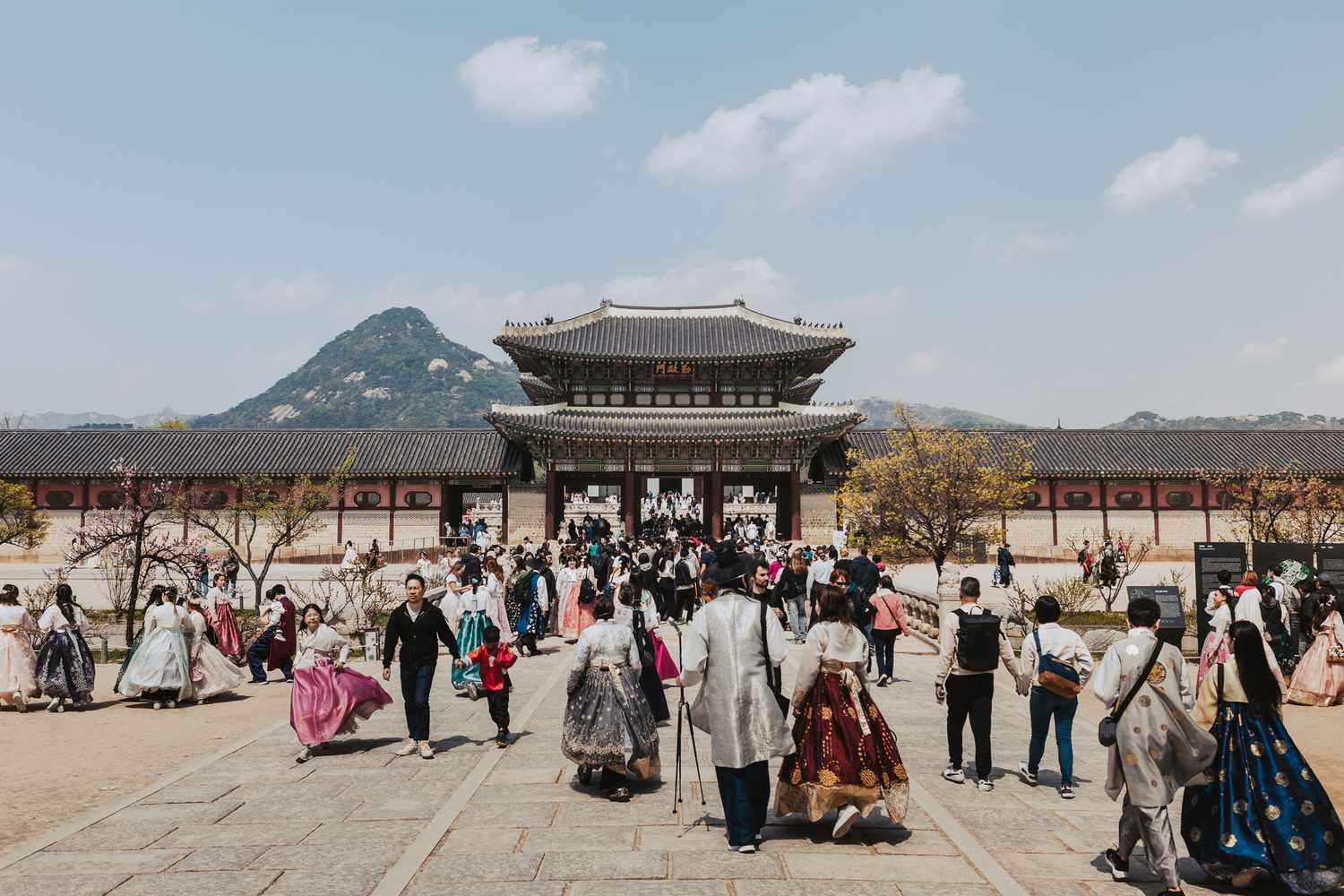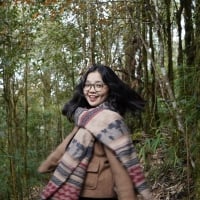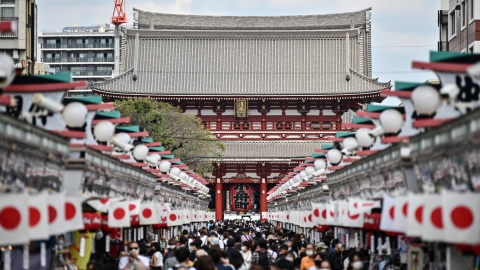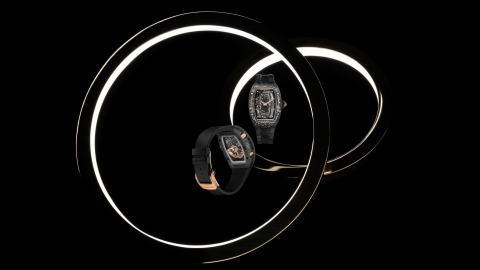For decades, politicians, businessmen and the upper class in society have been very fond of “personal color palettes” and used it as a way to maximize their physical beauty.
Now, this trend is "making waves" on TikTok and international visitors from all over the world flock to Seoul with the top wish of being able to participate in this special consultation.
Personal color analysis is a unique experience that aims to find the right colors for each individual and help advise on clothing, makeup and accessories for clients based on their skin tone and complexion.
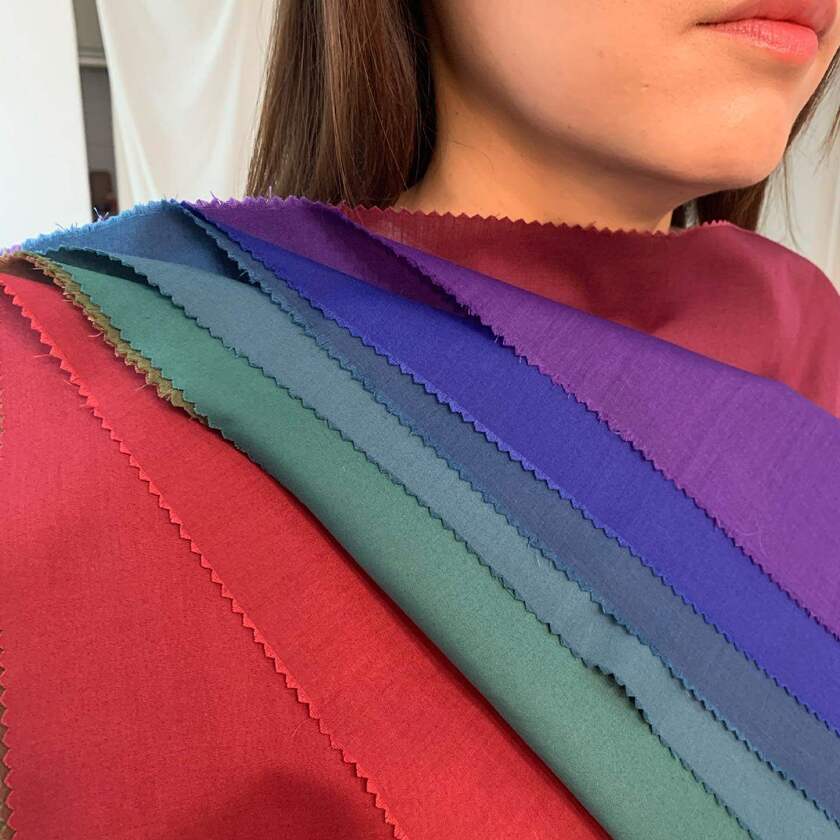
A foreign tourist attends a "personal color" consultation session at Color Society in Seoul, South Korea. Photo: Color Society
Each consultation typically lasts 60 minutes, during which color consultants drape hundreds of fabric swatches over clients' shoulders to test and select the right color that brightens the face instead of highlighting dark circles or wrinkles.
In the US, a three-hour consultation at House of Color in Brooklyn, New York costs $545. In Korea, the price for a consultation ranges from $80 to $160. During these consultations, customers receive a personalized color palette, recommendations for specific makeup styles, and suggestions for accessories.
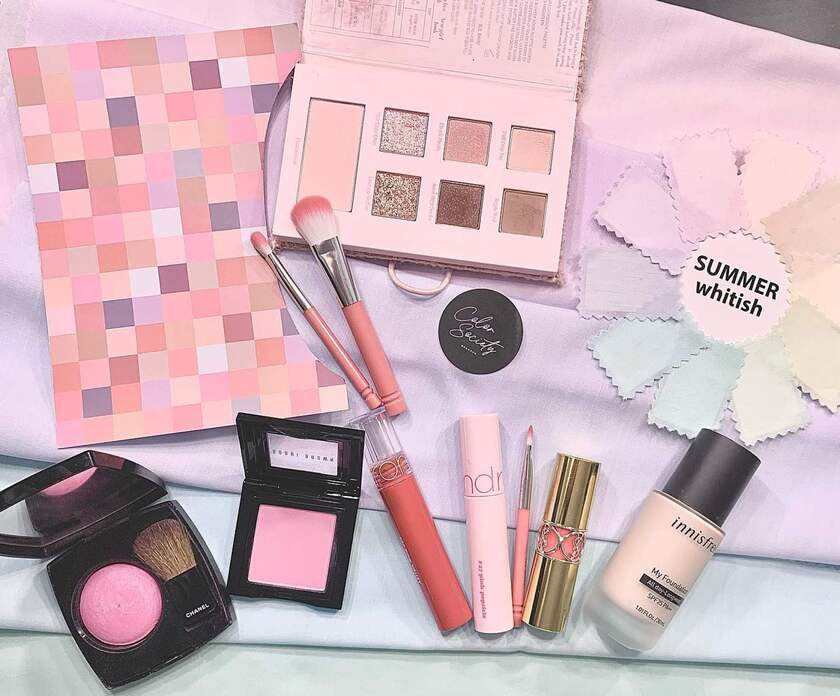
Gen Z flocks to Korea for this trend to find both makeup and jewelry styles to match. Photo: Color Society
“During the COVID-19 pandemic, many foreigners watched Korean shows and dramas, and personal color was often mentioned, so many foreigners were curious and interested in it,” said Sohee Baek, a personal hairstylist at Color Society in Hongdae, Seoul.
The “personal color” topic has up to 375 million views on TikTok, in which many users post their experiences with detailed step-by-step instructions from the centers to how to schedule an appointment and the consultation route.
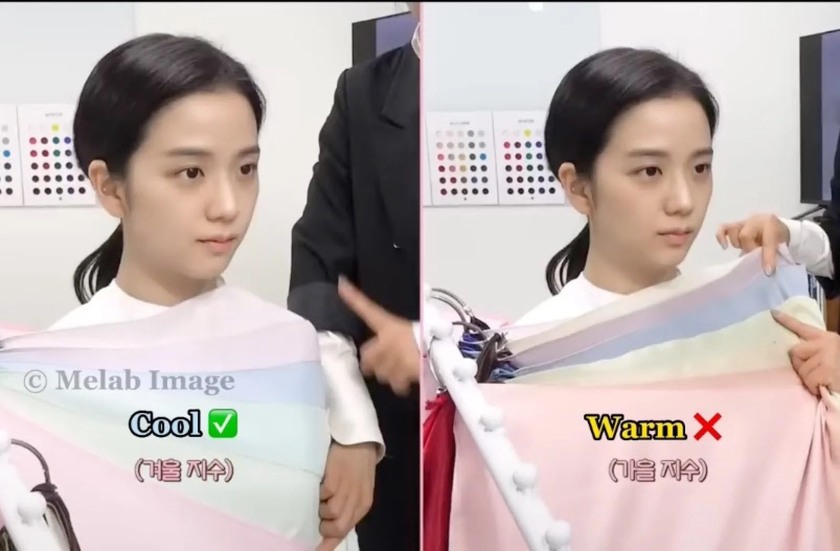
A video detailing the results of Jisoo's personal color analysis from the girl group Blackpink has garnered 2.6 million views on YouTube. Photo: Melab
The wave has fueled such a tourism boom that the Korea Tourism Organization (KTO) has used it to boost foreign visitors, opening a color analysis studio as part of a series of free summer-long events called “Celebrate Korea.” Seoul-based consultant Sohee Baek says the majority of visitors are foreign tourists. “They come from all over the world, mostly cities like Los Angeles or New York, or the Middle East and Central America,” she explains.
The sudden increase in demand kept the store full, forcing Baek and his colleagues to work 12 hours a day and often overtime to serve customers.
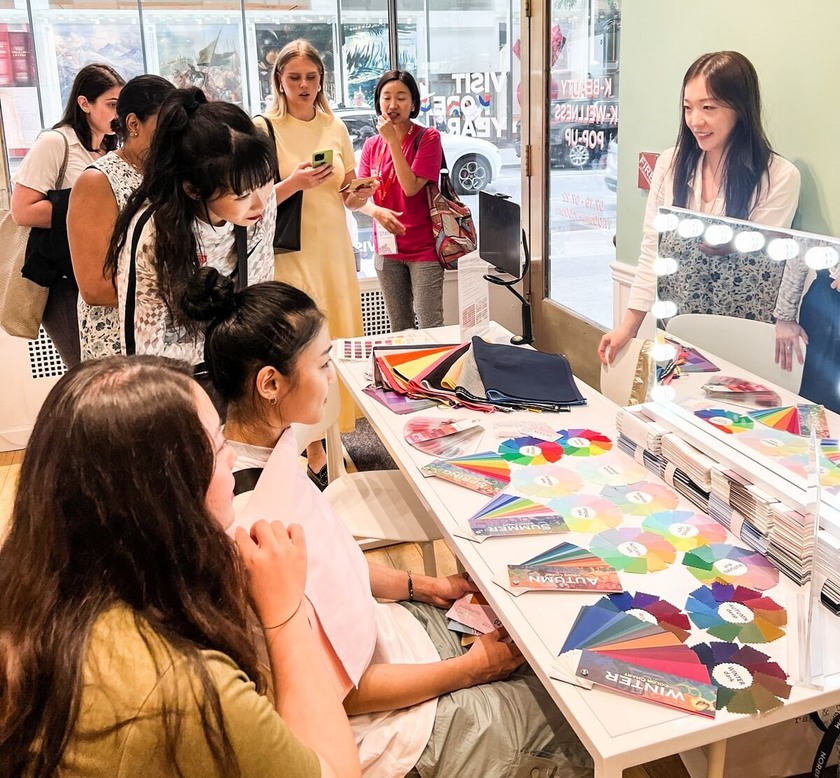
Visitors experience a personal color analysis service at a Korean booth in the Rockefeller Center in New York, USA. South Korea is witnessing a dramatic growth in tourism thanks to the “personal color” trend. Photo: Seklab
Daniela Miculkova, a tourist from the Czech Republic, said the “personal color” analysis was a unique cultural experience in Korea: “I have never had any similar experience in the Czech Republic.”
For South Korea, the tourism boom fueled by this wave of personal color analysis has had the added benefit of increased retail spending. Travelers like Miculkova often walk away with color matching swatches, recommendations for specific skin care and makeup products, and a desire to overhaul their entire wardrobes.
The boom has also created more job opportunities. As demand has increased, these organizations have needed more interpreters. In addition, at job fairs in Korea, organizations such as the Korean Fashion Psychology Institute are offering color consulting training programs. They also hold color consulting workshops for VIP clients of many high-end brands such as Valentino, Miu Miu and Dior.
Expert Sohee Baek also affirmed: “Analyzing personal colors has become an important part of Korean culture. If you don’t know what your personal color is, it’s hard to choose the right makeup and clothes, as well as to talk to young people.”





